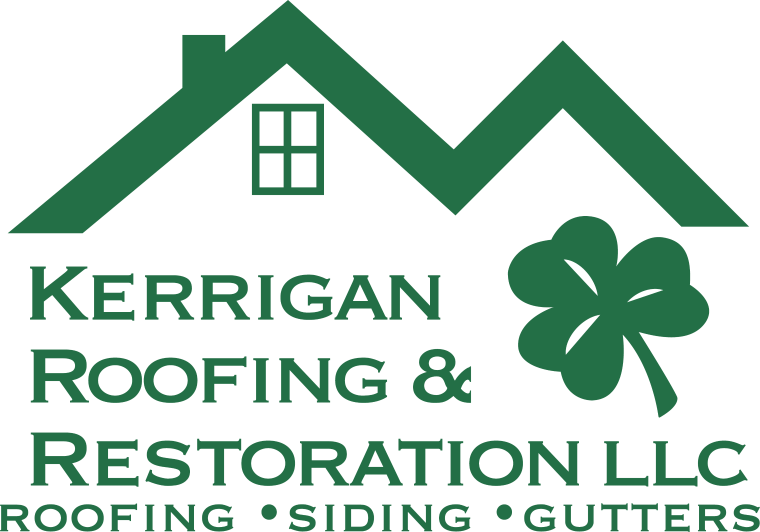A properly ventilated roof is essential for maintaining the health and longevity of a home. When a roof does not have adequate ventilation, it can lead to a variety of structural and energy efficiency problems.
Homeowners should be aware of the key signs of poor roof ventilation to prevent costly damage and ensure their home remains comfortable and protected. Understanding how roof ventilation works, recognizing symptoms of poor airflow, and taking proactive measures can make a significant difference in the overall performance of a roofing system.
Understanding the Importance of Roof Ventilation
Roof ventilation plays a critical role in maintaining indoor comfort, preventing structural damage, and extending the lifespan of roofing materials. Proper ventilation allows for continuous airflow, helping to regulate temperature and moisture levels in the attic. In the summer, ventilation helps release excess heat, preventing overheating that can cause shingles to deteriorate.
In the winter, it reduces the risk of condensation buildup, which can lead to mold growth and wood rot. When a roofing system lacks proper ventilation, homeowners may experience rising energy costs, moisture damage, and a shorter roof lifespan.
Recognizing the signs of poor roof ventilation can help prevent these problems before they become serious.
Common Signs of Poor Roof Ventilation
One of the most common signs of poor roof ventilation is excessive heat in the attic. When heat becomes trapped inside the attic, it can cause temperatures to rise significantly, making living spaces less comfortable and increasing reliance on air conditioning. Another clear indicator is high humidity or moisture buildup. If condensation forms on attic surfaces or insulation appears damp, it suggests inadequate airflow.
Mold and mildew growth are additional warning signs, as poor ventilation allows moisture to linger, creating an environment where mold can thrive. Homeowners may also notice curling or prematurely aging shingles, which can be caused by trapped heat and moisture damaging the roofing materials. Ice dams forming on the roof edge during winter are another major sign, as they result from warm attic air melting snow, which then refreezes at the eaves.
How Poor Ventilation Affects Your Home
The consequences of poor roof ventilation extend beyond the attic and roof structure. High energy bills are a direct result of inadequate ventilation, as heat buildup forces air conditioning systems to work harder in the summer and poor insulation reduces heating efficiency in the winter. Additionally, moisture buildup can weaken the structural integrity of the home, leading to rot in wooden beams and insulation degradation.
A poorly ventilated roof can also contribute to an unhealthy indoor environment. Mold spores can spread through the air, exacerbating respiratory issues and allergies. The overall lifespan of a roof can be significantly shortened when heat and moisture are not properly managed, leading to more frequent and costly repairs or replacements.
Preventing and Fixing Poor Roof Ventilation
Improving roof ventilation begins with a thorough inspection to identify problem areas. Homeowners should check soffit vents, ridge vents, and attic fans to ensure they are not blocked by insulation, debris, or pest infestations. Adding additional vents or improving the placement of existing vents can enhance airflow and reduce moisture retention.
Installing attic fans can also help regulate temperature and humidity levels. Ensuring that attic insulation is properly balanced is another important step, as too much insulation can restrict airflow, while too little can allow temperature fluctuations to affect the home.
Consulting with a professional roofing contractor can provide the best solutions tailored to a home’s specific ventilation needs.
Why Choose Kerrigan Roofing for Roof Ventilation Solutions
Kerrigan Roofing, serving Dayton and Columbus, OH, is a trusted provider of high-quality roofing services, including ventilation assessments and improvements. With extensive experience in the industry, Kerrigan Roofing understands the importance of proper airflow in extending the lifespan of a roof and maintaining a home’s energy efficiency.
Our team of experts conducts thorough inspections, identifying the key signs of poor roof ventilation and recommending effective solutions to enhance airflow and prevent damage. We use top-quality materials and industry-leading techniques to ensure long-lasting results. Homeowners who choose Kerrigan Roofing benefit from professional service, attention to detail, and a commitment to customer satisfaction.
Recognizing the signs of poor roof ventilation is essential for maintaining a safe, efficient, and long-lasting roofing system. Homeowners should be aware of excessive heat buildup, moisture problems, mold growth, curling shingles, and ice dams as indicators of ventilation issues. Addressing these problems early can prevent significant structural damage and costly repairs.
Kerrigan Roofing in Dayton and Columbus, OH, provides expert ventilation solutions, ensuring that homes remain comfortable and well-protected. Contact us today for a professional evaluation and customized roofing solutions tailored to your home’s needs.
SCHEDULE APPOINTMENT
"(Required)" indicates required fields
